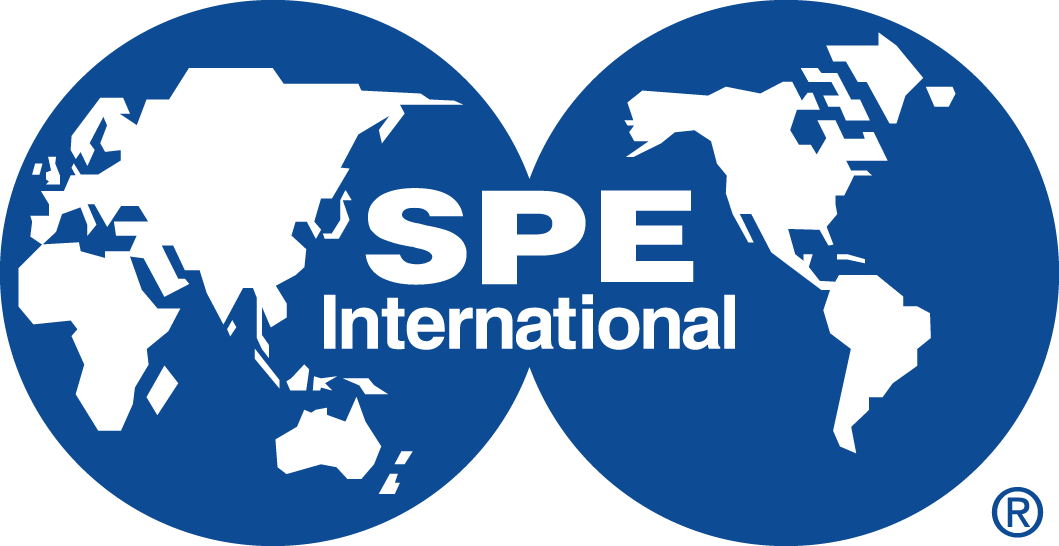-
60 mins
-
60 mins
-
15 mins
-
60 mins
Chairs: Dennis Dria, Myden Energy Consulting; Steven Mathias, Weatherford
-
30 mins
-
90 mins
Chairs: Baishali Roy, ConocoPhillips; Jackson Haffener, Devon Energy
Over the last few years there has been significant DAS data quality improvements for seismic applications through advances in both fiber and interrogator technologies, as well as new processing techniques. This session will explore advancements in fiber technologies - hardware to processing, fit-for-purpose cable designs focusing on novel applications supporting the energy industry.
-
15 mins
-
90 mins
-
90 mins
Chairs: Doug Norton; Joel Le Calvez, SLB
The primary challenge involving the integrity monitoring of pipelines and wellbores is providing a high confidence level of the asset’s integrity assessment based on the interpretation of the monitoring system data. The copious data from DFOS technologies coupled with the recent advancements in machine learning and AI are providing more reliable and hence more valuable information regarding the status of these assets and any potential impact to the environment and personnel. This session explores case histories, lessons learned, and the solutions to asset integrity and flow assurance issues in the upstream and midstream markets. Presentations will highlight the value of conclusions made from the DFOS data and their impact on installation practices, event detection challenges and tradeoffs, and new features and capabilities.
-
30 mins
-
90 mins
Chairs: Richard Temple, Chevron; Gregorio Gonzalez-Gomez , Shell
The energy transition involves many different technologies – from Geological Carbon Storage to geothermal and renewable energies. Common to all these technologies is the need to provide monitoring solutions to ensure safe and efficient operations. Fiber optics play a crucial role in Carbon Capture, Utilization, and Storage (CCUS) projects by providing advanced monitoring and sensing capabilities. These systems are essential for ensuring the safety, efficiency, and effectiveness of CO2 storage. Distributed sensing has already proven extremely valuable for CCS with numerous examples of 4D VSP acquired with fiber in projects worldwide (CO2CRC in Otway, Australia, SECARB in Citronelle, AL, USA, Aquistore, Canada), as well as (micro) seismic monitoring for geothermal (Forge). Other applications, such as strain and temperature monitoring, are also very promising. This session will cover case histories in the broad context of energy transition and will seek to demonstrate how distributed sensing can support the energy transition.
-
60 mins
-
60 mins
-
90 mins
Chairs: John Lovell, MicroSilicon; Jeff App, Chevron
With increasing use of distributed sensing over the past decade, previously available qualitative observations are now being transformed into quantified measures such as rates, distances and phase distribution. This session will let colleagues share and discuss leading work in quantitative interpretation solutions for measurements in the pipe, well and near wellbore.
-
90 mins
Chairs: Don Craig, BP; Brian Seabrook, Exxon Mobil
Distributed fiber optic sensing has been used in the oil & gas industry for over 20 years for in-well, reservoir, facilities and pipeline applications. Increasing adoption of this sensing technology has brought forward newly discovered value cases as well as challenges associated with installation of permanently deployed DFO systems. This session will focus on sharing value of information (VOI) success stories, new and improved DFO deployment methodologies or other related DFO technology advances.
-
60 mins
-
90 mins
Chairs: Kyle Friehauf, ConocoPhillips; Faraaz Adil, Halliburton
This session will present examples of stimulation monitoring using distributed sensing methods utilizing fiber optic sensing. These diagnostics are critical for evaluating completion effectiveness and cross well interactions on well pads with multiple treatment intervals and multiple wells. Inflow distributions are also presented to illustrate relative flow contributions from each interval, and within intervals, and the dynamic flow behavior with time. This session will also focus on decision making that leads to optimized completions/asset development.
-
30 mins
-
15 mins
-
90 mins
Chairs: Bill Shroyer, SageRider; Pavel Nazarenko, Baker Hughes
This session aims to showcase new optical sensing technologies and methodologies, whether specifically designed for E&P or coming from other industries. Whether emerging or enabling, a special focus will be placed on demonstrating how the implementation of those technologies can bring significant value to fiber-optic deployment and its use, and how they can unlock new applications for reservoir surveillance, operations evaluation, and well interventions. The session will also illustrate how integration of various types of measurements can be leveraged to improve the economics and lower the risks of O&G operations.

